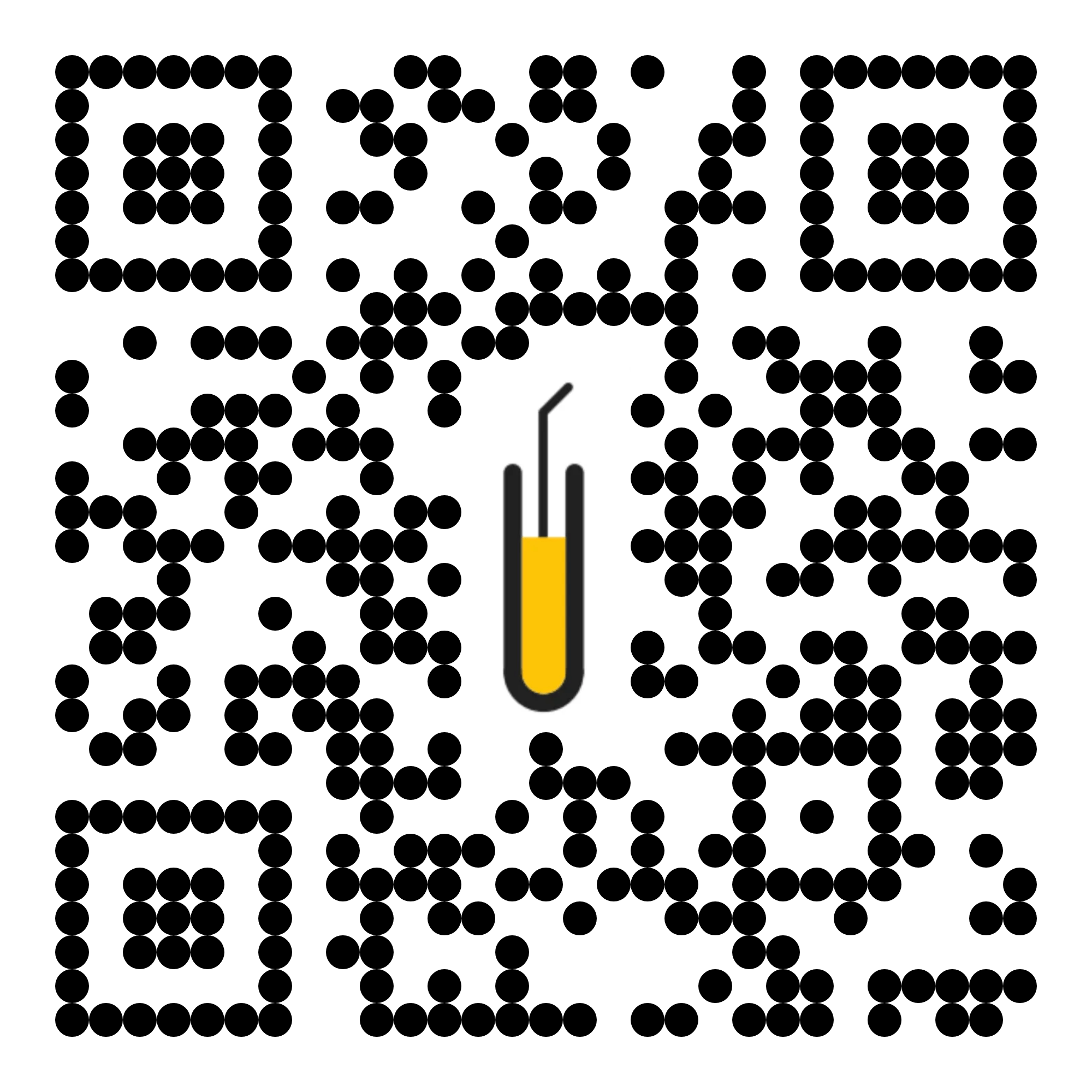Parents have reported persistent anxiety about asthma attacks while children miss out. Pharmacists can help to pivot care from treating flare-ups to stopping them.
Australian families are still living with the hidden emotional toll of childhood asthma – even when they believe control is ‘good enough’.
New research, released as part of the launch of Asthma Australia’s new multi-year ‘Attack Asthma’ campaign found that most (60%) of the parents surveyed live with constant anxiety about the next asthma attack, while 57% worry about their child missing out on normal activities.
A reactive approach to asthma management appears to be driving these concerns, with more than half (58%) of parents revealing their child does not use a preventer daily. More than two-thirds (66%) who notice wheeze, cough or breathlessness dismiss these as symptoms of a lingering cold, virus or allergy, rather than asthma. And even when asthma is suspected, nearly a third (30%) still don’t pursue a diagnosis, assuming the symptoms aren’t severe enough.
This National Asthma Week (1–7 September), Australian Pharmacist sat down with Dr Chris Pearce – a Melbourne-based GP who’s on the board of Asthma Australia – about how pharmacists can help to flip the narrative from ‘asthma attack’ to ‘attack asthma’.
Shifting the perspective from reactive to proactive
The difference between asthma and many other chronic conditions is its variability.
So for many decades, asthma care typically began with a reliever (usually a short-acting beta-2 agonist (SABA) as the first step for symptom relief.
‘The asthma action plans in times past emphasised that if you get an [attack] use [salbutamol] Ventolin,’ Dr Pearce said. ‘But we’ve now moved on to encourage the increased use of preventers to stop the acute attacks.’
The purpose of this strategy is to lessen the impact of asthma on children, along with the parental anxiety that goes with it.
‘The classic example is sport where we used to say, “make sure you’ve got a blue puffer and use it if you get a bit wheezy”,’ he said.
Even without obvious symptoms such as coughing and shortness of breath, these children were likely experiencing mild symptoms such as tiredness, Dr Pearce said.
‘They weren’t reaching their full potential because they had subclinical symptoms,’ he said.
When dispensing preventers and supplying salbutamol, pharmacists can help to transform the approach to asthma management from reactive to proactive.
‘What you do in the intervals between attacks, that’s more important than how you manage an actual attack,’ Dr Pearce said.
‘I say to people, “This is a disease that you have all the time, and we need to manage it all the time because we’re trying to maximise your child’s potential, rather than just treating attacks.”
Identifying undiagnosed or uncontrolled asthma
Pharmacists are often the first port of call when children experience a minor ailment, Dr Pearce said.
‘That’s when parents front up to the pharmacy and say, “my child has a cough” or “my child’s a bit wheezy”,’ he said.
But if you dig a little deeper, you can often unearth the root cause.
‘If you ask a few questions rather than taking it at face value, it might be revealed that they haven’t got a runny nose or a temperature, and it could actually be a manifestation of asthma,’ he said.
‘If a child tends to get a cough with every cold and they’re coming in for the cough syrup each and every time, that’s a bit of a red flag.’
When parents of children who do have confirmed asthma buy salbutamol over-the-counter, pharmacists should monitor how often they purchase it and recommend a formal assessment where appropriate.
‘It’s not about refusing people who want to buy Ventolin, but just planting the seed that a more formal assessment is a good thing,’ Dr Pearce said.
Another indicator can lie in My Health Record.
‘You might see that, unbeknownst to you, there’s been a couple of scripts of oral prednisolone from the local hospital,’ he said.
Picking up on poor inhaler technique
Even when patients are using preventer medicines, the wrong inhaler technique can impact treatment outcomes.
This can include anything from not using a spacer when it’s deemed appropriate or not pointing the inhaler in the right direction.
‘I’ve seen inhalers held six inches away from the mouth,’ Dr Pearce said. ‘I’ve also seen people who use other devices such as Turbuhalers not click the dial, so they’re just inhaling air,’ he said.
When a preventer is first prescribed, Dr Pearce advises pharmacists to demonstrate the correct technique.
‘Then there’s a role, especially in children, to check their technique a couple of times a year,’ he said. ‘You can also get the parent to bring the spacer in to check if it’s cracked and broken.’
In children with mild and intermittent asthma, pharmacists can also check whether the preventer dose is appropriate.
‘They grow, but [sometimes] their dose doesn’t,’ he said. ‘So you need to occasionally rethink whether they’re getting the right dose, and suggest they should go to the GP to get it reviewed.’
Improving adherence and long-term management
Pharmacists can help to reinforce strategies to improve adherence, Dr Pearce said.
‘One of the things about regular maintenance is that it’s regular, so it gets into the routine,’ he said. ‘So if you’re going to use an inhaler and spacer in the morning and night, having it when you get up and when you go to bed is easier to remember than having to pack it in your school bag every day,’ he said.
Asthma patterns are individual and can vary seasonally. So in all asthma cases, reviewing the pattern of disease is key.
‘For some people, spring has no impact, whereas for others it’s a complete disaster,’ Dr Pearce said.
‘For those patients, my recommendation would be to double the preventer dose for the next couple of months so they continue to be well – regardless of what’s going on with the weather.
‘We’re keen on a review every 6 months, even in stable children, just to make sure that everyone’s keeping on top of it.’
For parents who are concerned about the medication burden of daily preventer use, Dr Pearce said it’s important to emphasise the risks and benefits.
‘There are some side effects from taking inhaled corticosteroids on a regular basis, but they’re unusual, and if they do occur they are mild – much less than what you would get from several courses of oral corticosteroids over a year when asthma is not controlled,’ he said.
It’s also important for parents to balance the potential adverse effects from long-term corticosteroid use in a child with mild and untreated asthma, who’s not able to concentrate at school.
‘If they’re not able to concentrate at school or perform at their best in sport, in my view the benefits outweigh the risks,’ Dr Pearce said.
It’s also helpful to remind parents that the better controlled their child’s asthma is, the lower their dose of inhaled corticosteroids will need to be.
‘The old asthma action plans used to say, “use your Ventolin when you need it. And if you get sick, take a big dose of your inhaled corticosteroids”,’ Dr Pearce said. ‘But if we use a small dose regularly, it’s much better tolerated by the body.’













